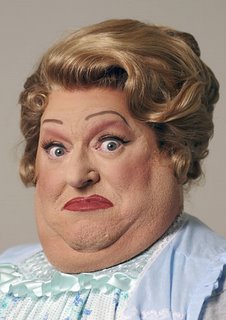Frequent contributor Bert Stephani, who blogs at Confessions of a Photographer recently popped over to Frankfurt to lead a little lighting meetup.
Bert, who is recovering from getting his camera bag stolen in Spain, decided to riff a little on the meetup group shot theme. For this shot, they used no fewer than twenty flashes, all synched by BioWizards.
BioWizards?
Hit Bert's post for more info.
And FWIW, I have been planning a little local group shot of my own. If you are local to DC, I'll be trolling for volunteers soon (not yet). Hey, somebody's gotta knock Bert off.
UPDATE: Here is a video from the meetup:
_____________
Speaking of meetups, some pretty cool videos have been coming in lately from the various get-togethers. I have posted link to search for them on YouTube. Just make sure your title, tags or description contains the words "strobist" and "meetup" and you should show up in the results.
-30-















